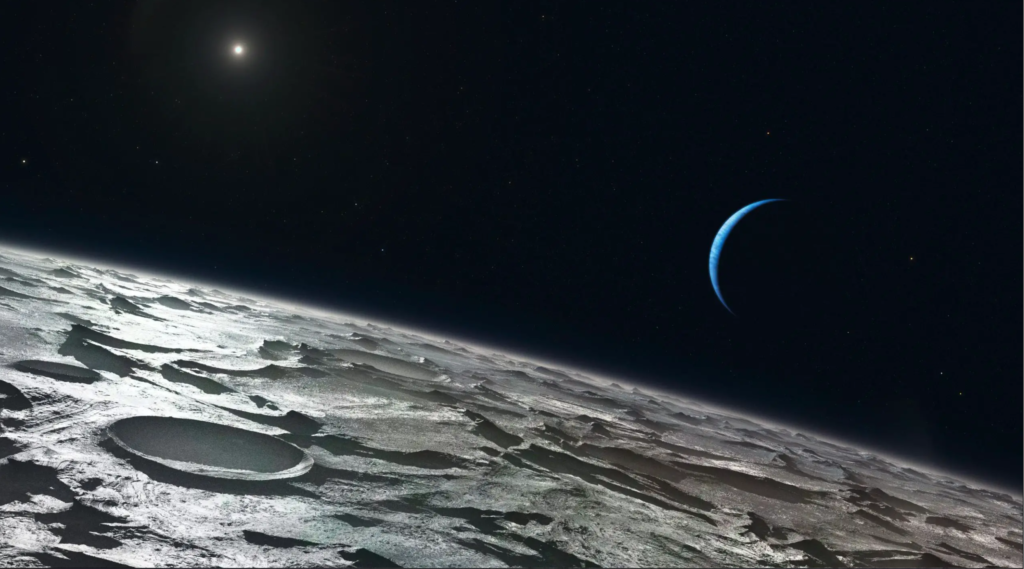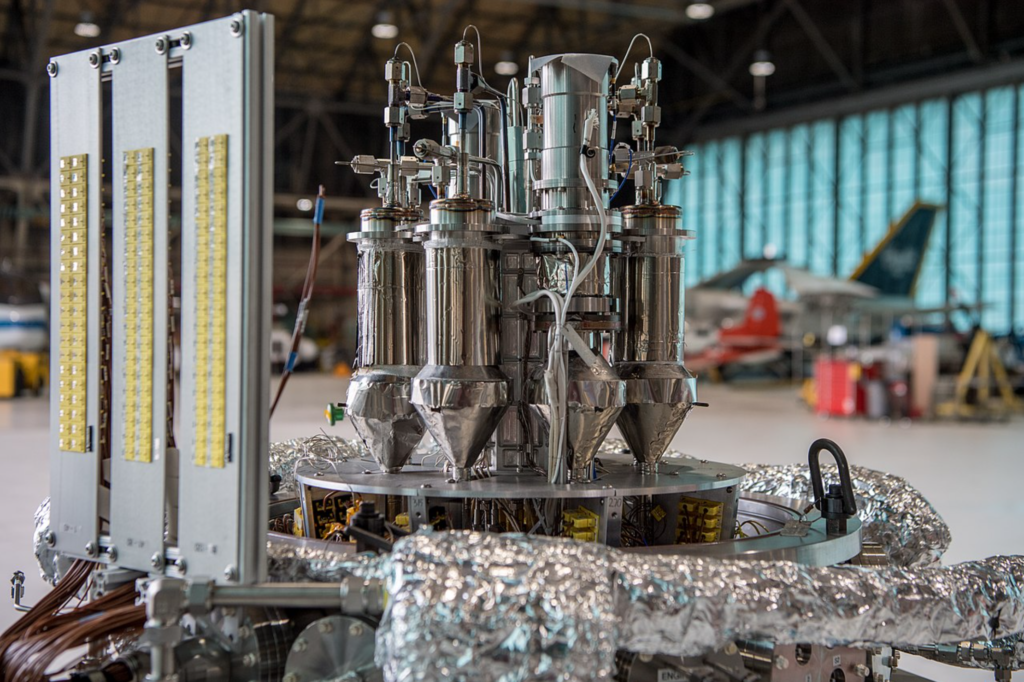Neptune, the eighth and farthest planet from the Sun, is one of the least explored worlds in our solar system. Only one spacecraft, Voyager 2, has ever visited this ice giant, back in 1989, and revealed some of its secrets, such as its powerful storms, its dark spot, its faint rings, and its intriguing moon Triton.However, there is still much to learn about Neptune and its system, and how they can shed light on the origin and evolution of the solar system and the potential for life beyond Earth. That is why China is considering a bold and ambitious mission to Neptune, which would use a nuclear-powered spacecraft to orbit the planet and deploy four smaller satellites to study its atmosphere and moons1.
The Mission Concept : To reach Neptune
The mission concept, which was published in the journal Scientia Sinica Technologica, was proposed by a team of researchers from the China National Space Agency (CNSA), the Chinese Academy of Sciences (CAS), the China Atomic Energy Authority, the China Academy of Space Technology, and multiple universities and institutes. The paper, which was led by Guobin Yu, a researcher with the School of Astronautics at Beihang University and the Department of Science and Technology and Quality at the CNSA, outlines the main objectives, design, and challenges of the mission1.
The mission would consist of a main spacecraft, weighing up to 3,000 kilograms, and four smaller satellites, weighing about 100 kilograms each. The main spacecraft would be powered by a 10-kilowatt heat pipe fast reactor, which would provide electricity and heat for the spacecraft and its instruments. The reactor would also enable the spacecraft to perform orbital maneuvers and corrections, as well as to communicate with the Earth and the satellites1.

Also read : Remembering NASA Pioneer Frank Borman : Commander Of Apollo 8’s Historic Moon Mission
The main spacecraft would carry a suite of scientific instruments, including a high-resolution camera, a near-infrared spectrometer, a magnetometer, a plasma analyzer, a radio science experiment, and a dust detector. These instruments would allow the spacecraft to observe and measure the structure, composition, dynamics, and magnetism of Neptune and its rings1.
The four satellites would be deployed by the main spacecraft to study Neptune’s atmosphere and its largest moon, Triton. Two of the satellites would enter the atmosphere of Neptune and measure its temperature, pressure, density, and wind speed, as well as the abundance and distribution of various gases, such as hydrogen, helium, methane, ammonia, and water. The other two satellites would orbit Triton and map its surface features, such as its craters, volcanoes, geysers, and ice plains, as well as its subsurface structure, composition, and thermal activity1.

The mission would launch in 2030, using a Long March 9 rocket, which is a heavy-lift launch vehicle that is currently under development by China. The mission would take about 10 years to reach Neptune, using a gravity assist from Jupiter to accelerate and adjust its trajectory. The mission would arrive at Neptune in 2040, and enter a polar orbit around the planet, with a periapsis of 10,000 kilometers and an apoapsis of 200,000 kilometers. The mission would operate for at least one year, and transmit the data back to Earth using a large-diameter antenna1.
The Scientific Goals
The scientific goals of the mission are to provide new insights into the outer solar system, the origin and evolution of the solar system, and potentially the origin of life. Some of the specific questions that the mission aims to answer are:

- What is the internal structure and composition of Neptune, and how does it differ from the other gas giants, such as Jupiter and Saturn?
- What are the sources and mechanisms of Neptune’s atmospheric dynamics, such as its powerful winds, its storms, and its dark spot?
- What are the origin and evolution of Neptune’s rings, and how do they interact with the planet and its moons?
- What are the characteristics and processes of Triton, and how did it become a captured moon of Neptune?
- What are the prospects and conditions for life on Triton, and what are the implications for the habitability of other icy worlds in the solar system and beyond?
The mission would also demonstrate China’s technological capabilities and achievements in the field of space exploration, especially in the areas of nuclear power, deep space communication, and planetary entry and landing. The mission would also enhance China’s international cooperation and reputation in the scientific community, and inspire the public interest and curiosity in the wonders and mysteries of the solar system1.

China’s Nuclear-Powered Mission to Neptune is a bold and ambitious proposal that could revolutionize our understanding of the ice giant planet and its system, and contribute to the advancement of science and technology. The mission is still in the conceptual stage, and it faces many challenges and uncertainties, such as the feasibility, safety, and cost of the nuclear reactor, the reliability and durability of the spacecraft and the satellites, and the political and ethical issues of sending a nuclear-powered mission to the outer solar system. However, if the mission is approved and implemented, it could be a milestone and a landmark in the history of space exploration, and a testament to China’s vision and innovation.
Also read : Why Are Some Planets Surrounded By Planetary Rings?




































